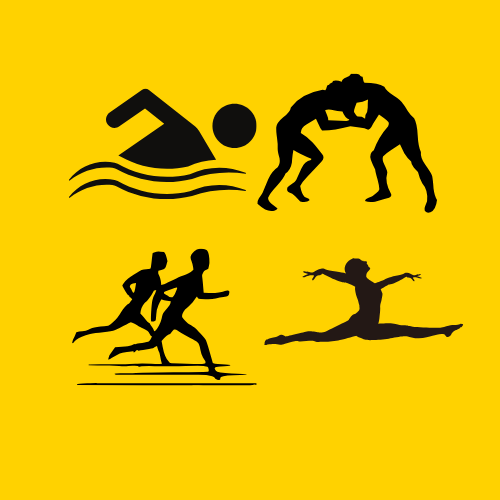
Unlock Your Potential with Targeted Swimming Drills
If you're looking to refine your swimming technique, incorporating specific drills into your training regimen is essential. In this article, we'll explore three essential swimming drills: the Entry Drill, Wide Fingertip Drag, and Catch-Up Freestyle. Each of these drills targets different facets of your swimming performance, helping you become a more efficient swimmer.
The Entry Drill: Setting the Foundation for Success
The Entry Drill focuses on the perfect entry position of your hand as it hits the water. By ensuring that your fingers enter the water first, you create a streamlined position that reduces drag—a crucial factor in competition. This drill helps swimmers build muscle memory for proper hand positioning, which can significantly impact overall speed during races.
Wide Fingertip Drag: Enhancing Your Stroke Technique
The Wide Fingertip Drag drill emphasizes the arm's path during recovery. Swimmers drag their fingertips across the surface of the water, which encourages a wider arm position. This technique not only improves stroke efficiency but also maintains balance and body alignment, crucial for fast swimming. Research shows that swimmers focusing on their arm paths can reduce resistance, leading to faster times.
Catch-Up Freestyle: Timing and Coordination
The Catch-Up Freestyle drill focuses on timing and coordination between your arms during the freestyle stroke. By gliding until your opposite hand catches up, swimmers enhance their body rotation and breathing technique. This drill builds awareness of your stroke rate, allowing for adjustments that fit your competitive needs. Athletes across various levels implement this technique to excel in races and maintain stamina throughout longer events.
Why These Drills Matter: The Bigger Picture
In the realm of swimming, every second counts. Competitive players need every advantage they can get. Drills like the Entry Drill, Wide Fingertip Drag, and Catch-Up Freestyle not only improve technique but also impart invaluable lessons in discipline and goal-setting. Through this focused practice, swimmers learn the subtle art of endurance, pushing through mental and physical barriers.
Emotional and Human Interest Perspectives
For many athletes, swimming is more than just a sport—it's a testament to resilience and dedication. The personal stories of swimmers overcoming challenges resonate deeply within communities and among peers. Whether it’s training for a local meet or preparing for the Olympics, these drills symbolize perseverance. Through sharing experiences, athletes inspire one another, fostering a culture of support and determination that transcends the pool.
Future Trends in Swimming Techniques
As the sport evolves, new technologies and training methods continue to emerge. Coaches are increasingly integrating video analysis into training sessions, allowing swimmers to visualize their techniques. This can complement traditional drills, offering unique insights into performance. Swimmers who embrace these innovations can expect to stay ahead in a highly competitive landscape.
Actionable Insights for Coaches and Athletes
Incorporating these drills into practices is an empowering tool for coaches and athletes alike. By strategically addressing each component of technique, you can build a comprehensive training regimen that maximizes performance. Keep in mind that success in swimming hinges on a blend of physical conditioning, mental fortitude, and sound technique.
As you prioritize these drills in your training routine, consider reaching out to your coach or fellow athletes for tips and collaboration. The journey to become a better swimmer is shared, and the collective knowledge can lead to astonishing breakthroughs and greater enjoyment of the sport.
Ready to make a splash in your swimming performance? Start integrating these drills into your routine today!
 Add Row
Add Row  Add
Add 




Write A Comment